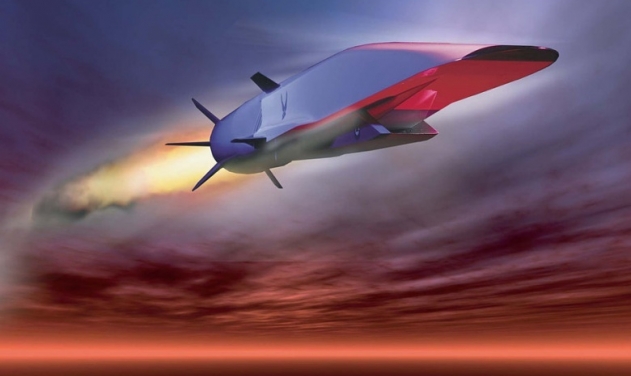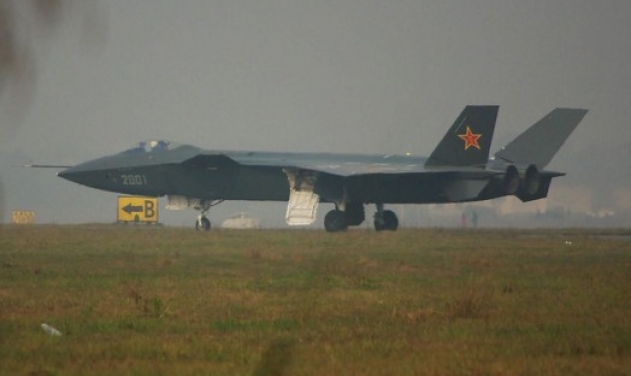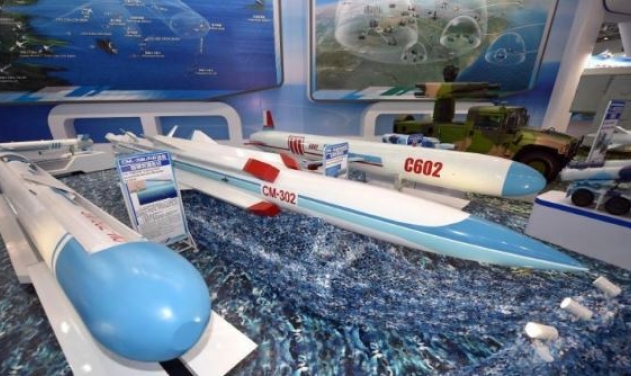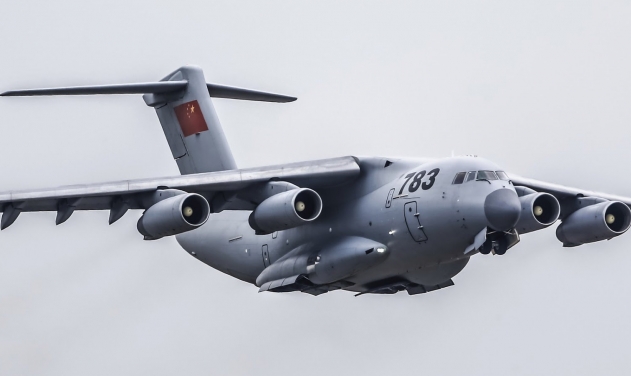China To Test Dong Neng-3 Anti-Satellite Missile
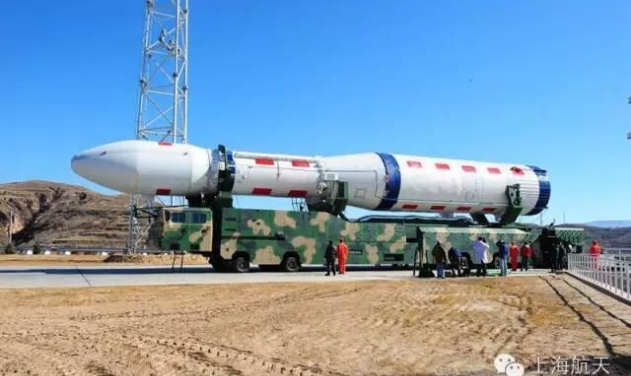
China is readying to conduct next week a flight test of Dong Neng-3 missile that can destroy satellites in space.
Test preparations for the Dong Neng-3 anti-satellite missile were detected at a military facility in central China, according to Pentagon officials familiar with reports of the impending test, FreeBeacon reported Friday.
Intelligence agencies were alerted to the impending test by China’s announcement of air closure zones covering the expected flight path of the DN-3. The flight test could come as early as Thursday, the officials said.
The missile tests were expected from the People’s Liberation Army satellite launch facility known as Jiuquan, located in Inner Mongolia. Further a second launch complex is at Korla, located in Xinjiang, western China, Asia watcher Henri Kenhmann reported on his website Eastpendulum.com this week.
The expected tests were based on Chinese government announcements of air closure areas for Dec. 7 and Dec. 8 near those sites.
The flight tests could involve a missile defense interceptor test, Kenhmann said. China’s ballistic missile defense and anti-satellite missile programs are closely intertwined.
After Beijing came under international criticism following a 2007 anti-satellite missile test that left thousands of pieces of floating debris in space, it began conducting its anti-satellite missile program under cover of a missile defense system.
The last time China tested a DN-3 anti-satellite missile was Oct. 30, 2015 from the Korla Missile Test Complex.
The anti-satellite missiles are part of what the Pentagon calls “counterspace” forces, part of China’s large-scale military buildup. “The PLA is acquiring a range of technologies to improve China’s counterspace capabilities,” the Pentagon’s latest report on the Chinese military said.
“In addition to the development of directed energy weapons and satellite jammers, China is also developing anti-satellite capabilities and has probably made progress on the anti-satellite missile system it tested in July 2014.”
In addition to missiles and lasers, China also is working on small maneuvering satellites that can grab and destroy orbiting satellites.
The DN-3 appears to be based on the Kuaizhou-1 (KZ-1) mobile space launch vehicle, Richard Fisher, a China military affairs specialist, said.
“It’s about the same size as the DF-31 solid fuel mobile intercontinental ballistic missile (ICBM),” he said.
“The DN-3 could be capable of hitting satellites more than 18,640 miles away in space more than enough to reach large US surveillance satellites that occupy orbit 186 to 620 miles from earth,” Fisher, senior fellow at the International Assessment and Strategy Center said.
“In late 2016 or by mid 2017 the PLA may test a larger solid fuel mobile space launch vehicle called the KZ-11, with a 2-meter diameter motor similar in size to the new large and multiple warhead armed DF-41 ICBM,” Fisher said. Another space launcher on a mobile transporter is being developed called the Long March-11 (LM-11).
